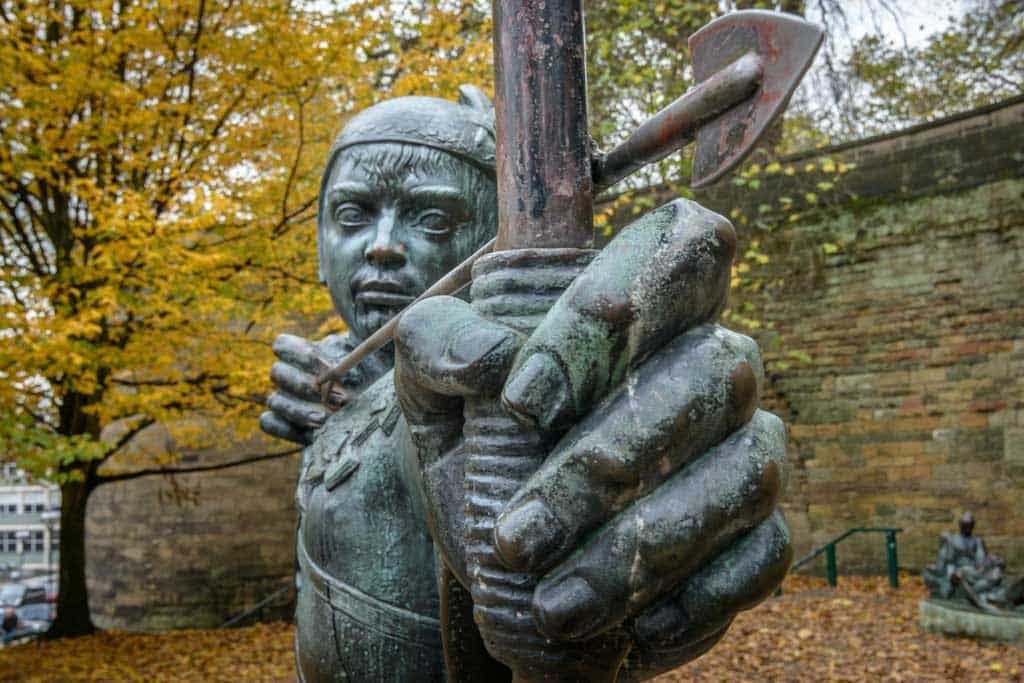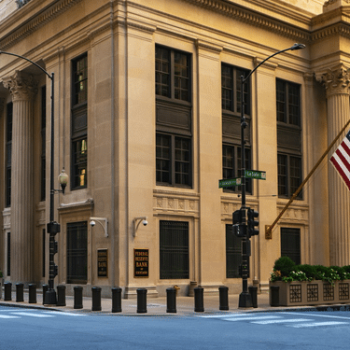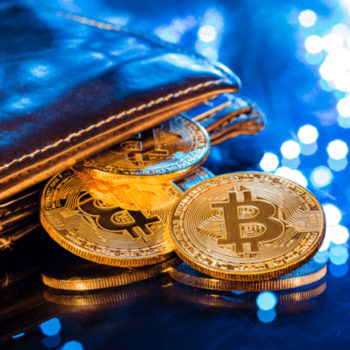
Tragedy struck fast.
On a sunny day earlier this June, a young college student jumped into an oncoming train.
The question he left in his suicide note wasn’t tied to any sort of extremist ideology.
Instead, he simply asked: “How was a 20-year-old with no income able to get assigned almost a million dollars worth of leverage?”
The answer?
Robinhood
Free Trading Services – Buyer Beware
It was touted as the trading platform set to level the playing field between the Wall Street one-percenters and the rest of the world. All thanks to its ease of access and nonexistent fees.
Robinhood has quickly become the go to trading platform for a generation of new investors, speculators and get rich quick fans.
In the wake of the COVID-19 outbreak, millions affected by the quarantines and the economic downturn flocked to open new accounts.
- After spending five years getting to 10 million users, In the first quarter of 2020 alone Robinhood picked up an additional 3 million new users.
And this user base is exactly what it’s meant to be – young, inexperienced investors looking to get their feet wet in the markets.
The median age of a Robinhood user is 30 years old, and half of them have no investing experience whatsoever.
The average Robinhood account is worth about $2,000, versus the average E-Trade account at $69,230 and the average Morgan Stanley account at $900,000.
- Unfortunately, Robinhood’s client base is exactly what it’s intended to be, they’re accomplishing the exact opposite.
Traditional brokerages and banking platforms often have extensive Know Your Client (KYC) guidelines in place.
This ensures that they know what their customers can handle when it comes to investing.
KYC guidelines help institutions understand what kind of investments are appropriate for their clients. And the kind of market access they should be allowed.
While Robinhood asks these same questions when you sign up for an account, it appears this may have been merely lip service. There’s no verification or follow-up on their end.
In other words…
- College students can sign up for Robinhood accounts and get into options markets without really understanding what they’re doing.
It’s easy to blame the uneducated investors for playing with fire and getting burnt.
But at the end of the day the responsibility lies with Robinhood to ensure that their users are what they say they are.
It’s the same reason why you get your ID checked when you buy cigarettes or alcohol at the store. Selling alcohol to a minor means fines and jail time.
But there’s no need for Robinhood to do the same because there aren’t any penalties for them failing their KYC due diligence. And as long as that stays the case it’ll continue to be detrimental for them to do so.
After all, why would they not want their users to get access to high-risk investments they don’t understand, like options spreads? Even though trades on Robinhood are commission-free, they still make revenue from order flow – and that’s a whole other can of worms…
Zero Commission Does Not Mean Zero Cost
At the end of last year, Robinhood was fined $1.25 million by the Financial Industry Regulatory Authority (FINRA) for letting its brokers front run its order flow.
What does that mean?
How does Robinhood actually make money stealing from the poor to give to the rich?
When Robinhood receives orders from its users, it does not send those orders directly to a market exchange.
Instead, it sends them to 1 of 5 market maker firms, who then execute the trades on their behalf.
- This forms Robinhood’s revenue model: these market making firms actually pay Robinhood for the privilege of executing their trades.
Now, Hold up a Minute – Let’s Think About This…
Why would a company pay to execute trades for someone?
Obviously, there has to be something in it for them, or else they’d be getting paid instead.
Well, when these companies receive order flow from Robinhood, they’re getting the best payment of all – information on future trades that will happen.
In other words, with this information in hand these companies can place trades of their own ahead of Robinhood users – also known as “frontrunning”.
Robinhood was fined for “failing to ensure that its customers received best prices for securities orders”.
Though they don’t directly admit fault, let’s look at the history of some of these brokers in question…
- Citadel Securities receives over half of Robinhood’s total order flow. It was fined $22 million by the SEC in 2017 for misleading their clients about how they priced trades.
- Wolverine Securities, who gets 15% of Robinhood’s orders, was fined $1 million in 2015 for failing to prevent insider trading.
These are the firms that pay Robinhood to place your trades. That’s how Robinhood can afford its “commission-free” business.
And as for that fine FINRA hit them with… what does a $1.25 million fine even mean to a company valued at $8 billion?
Never forget, there’s no such thing as a free lunch.
Don’t Feed Robin Hood or His Merry Men
There’s no denying that Robinhood has taken off spectacularly ever since the pandemic outbreak.
However, don’t make the mistake of tying the recent run-up in the markets to retail traders on the Robinhood platform like some have.
To see how much impact Robinhood has on the overall markets, we can turn to look at the Assets Under Management (AUM) behind the wheel of this machine.
- In total, Robinhood has an estimated $30 billion in assets under management across all its users.
- The U.S. equities market, in contrast, sees an average of $325 billion in dollar volume traded on its exchanges every day.
If Robinhood were somehow halted or shut down, it’s unlikely that would cause a “Black Swan” type event that would trigger a collapse in the markets.
And more to the point, I doubt that’ll happen anytime soon. FINRA basically slapped them on the wrist just last December.
There are plenty of other trading platforms and brokerages out there that provide excellent market access and competitive fee structures.
Still, there’s no denying that Robinhood provides an easily accessible platform whose pricing is unmatched.
I Trade With Robinhood, How Do I Protect Myself?
So, if you already trade on Robinhood, or don’t have access to any other trade platforms, what can you do to minimize your risk?
Two ways…
1. Don’t place market orders. Place limit orders only.
By placing limit orders, which only execute once the security reaches a specific price, you are removing Robinhood’s brokers’ ability to “frontrun” you – i.e. give you a worse price.
After all, they can’t give you a worse price if you tell them exactly what price you want to pay. And really, as an alligator investor, you should never be placing market orders anyway.
2. Do your due diligence, and make sure you understand each trade before you place it.
This goes double for any trade that involves options or other derivatives.
This brings us back to the young college student who committed suicide, because he found himself $730,000 in debt on his Robinhood account.
As it turns out, it’s probable that he was never actually in that much debt.
With the put spread the student was trading that he said “should have canceled out” in his suicide note, what may have happened is that his options were exercised without the underlying securities assigned to his account.
Options trades take one day to settle. In other words, our student might have seen the debit that resulted from the exercise of the puts he sold without seeing the actual stock in his holdings, due to this delay.
A user interface error on Robinhood’s part, perhaps. But one that cost a young man his life.
There’s enough to worry about in the world right now without adding your investments into the mix.
Stay educated – and stay safe.
Regards,
Marin






